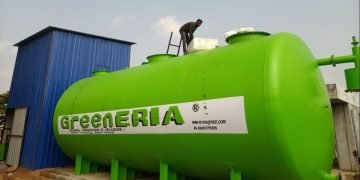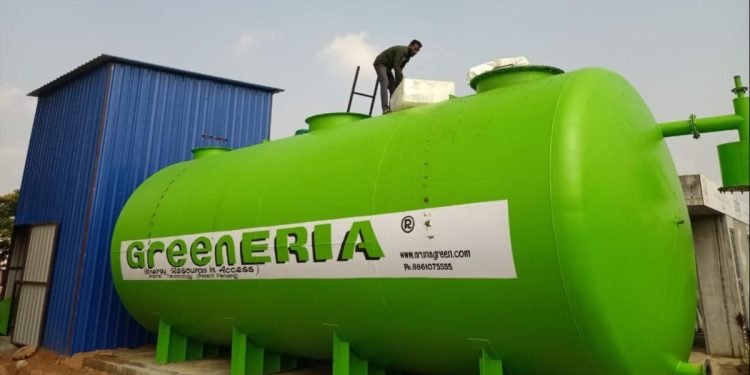By Maria Kalamatas | The Logistic News – EchoChain Section
Nagpur, India – May 19, 2025
“What we throw away every day is now powering a cleaner tomorrow. That’s not just innovation — that’s evolution.”
— Ravi Kulkarni, local environmental engineer, Nagpur
A City Reimagines Its Waste
In Nagpur, where municipal waste once posed a daily urban challenge, a quiet transformation is taking place. A newly launched facility on the city’s outskirts is turning solid garbage into compressed biogas, marking a bold shift in how India’s growing cities manage their waste.
Unlike conventional landfilling or burning, the plant uses a dry anaerobic digestion process — a method that requires far less water and generates clean fuel, compost, and RDF (refuse-derived fuel) from everyday organic waste. The project is spearheaded by Sustainable Business Development, a Dutch-led company focused on circular economy models in emerging markets.
Currently operating at 300 tons of waste per day, the site will expand to 800 tons daily by mid-year, generating enough fuel to power hundreds of municipal buses and supply organic fertilizer to local farms.
Privately Funded, Publicly Impactful
The project was financed entirely by private capital, with no government subsidies or international development loans — a rare model in South Asia’s waste sector. Still, the initiative has garnered public praise from city and state officials, who see it as a breakthrough in decentralizing sustainable infrastructure.
Local authorities provided logistical support in land allocation and regulatory facilitation, but the operational structure remains fully independent.
“It’s a privately run system that serves the public without burdening the public purse,” said a senior Nagpur official.
The Circular Future Takes Shape
More than a recycling project, the biogas plant reflects a fundamental shift in how urban logistics interact with environmental goals. Nothing is wasted: what doesn’t become fuel turns into compost, and what’s not composted becomes industrial-grade RDF.
This kind of integrated, resource-positive infrastructure could serve as a model not only for India’s Tier 2 cities but for any fast-growing urban region grappling with waste, energy insecurity, and emissions.
Already, delegations from other states have toured the facility, hoping to adapt the model in their own jurisdictions. What began as a pilot now stands as proof that sustainable logistics is not an ideal — it’s already operational.
The Logistic News – EchoChain Section
Every day, we bring you stories from the frontlines of sustainability, from emerging cities to global corridors.























